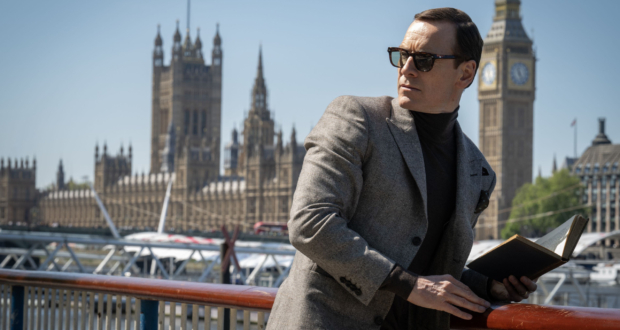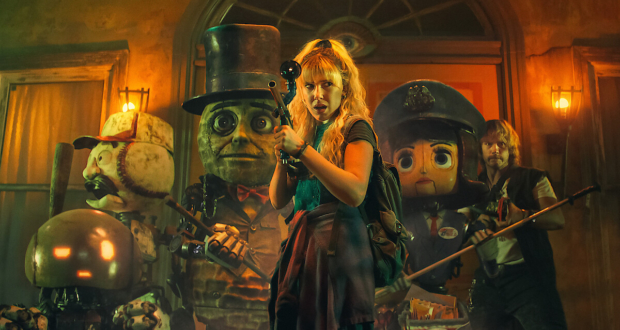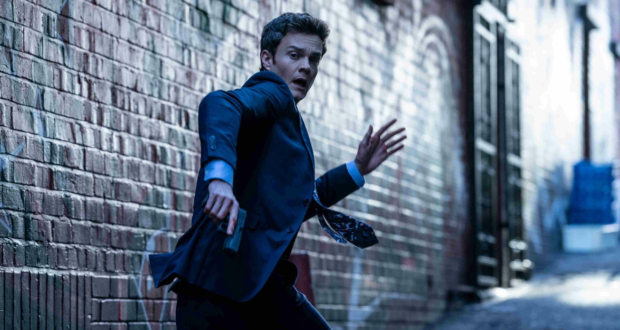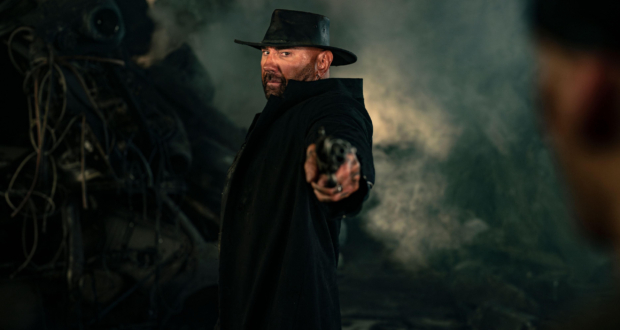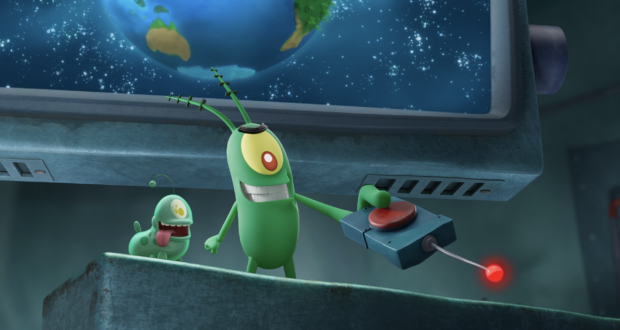With a ton of heart and soul poured into its creation, it is evident that the filmmakers behind Pretty Red Dress had a remarkable passion for this project. Directed by Dionne Edwards, this film is a blend of various genres, including drama, comedy, and occasional musical-inspired elements. While it certainly has its flaws along the way, Pretty Red Dress manages to deliver a captivating story with great lead performances, namely from Natey Jones and Alexandra Burke in the roles of Travis and Candice, respectively.
The film’s strength lies in its ability to seamlessly intertwine different genres. Edwards demonstrates her adeptness at capturing both the emotional depth of the characters’ journeys and the light-hearted comedic moments that punctuate the narrative. The inclusion of musical-inspired elements adds an unexpected charm to the overall experience, giving the film a distinct and memorable quality.
Natey Jones shines in his portrayal of Travis, a struggling artist caught in the throes of his own creative block. Jones delivers a nuanced performance, effectively conveying Travis’ frustrations, vulnerabilities, and ultimately his journey towards self-discovery. His on-screen chemistry with Alexandra Burke, who plays Candice, is palpable, and their interactions form the emotional core of the film.
Alexandra Burke delivers a compelling performance as Candice, a vibrant and resilient woman determined to pursue her dreams. Burke effortlessly captures the character’s strength and vulnerability, infusing Candice with authenticity and relatability. Her portrayal adds depth to the narrative and elevates the overall quality of the film.
 While Pretty Red Dress showcases remarkable performances and an intriguing premise, it is not without its flaws. One notable drawback is its pacing. At times, the film feels significantly long, with certain scenes dragging on, detracting from the overall momentum. This pacing issue hampers the film’s ability to maintain a consistent level of engagement, potentially causing some viewers to lose interest.
While Pretty Red Dress showcases remarkable performances and an intriguing premise, it is not without its flaws. One notable drawback is its pacing. At times, the film feels significantly long, with certain scenes dragging on, detracting from the overall momentum. This pacing issue hampers the film’s ability to maintain a consistent level of engagement, potentially causing some viewers to lose interest.
Additionally, the second act of the film tends to dwindle, lacking the same impact and energy as the compelling opening and the eventual climactic moments. The narrative loses some of its focus and direction, meandering through subplots and secondary characters that don’t receive sufficient development. As a result, the film feels slightly disjointed and fails to sustain the same level of intrigue throughout.
Despite these flaws, Pretty Red Dress still manages to deliver a meaningful and entertaining experience. Dionne Edwards demonstrates her skill as a director, crafting a visually appealing film with standout performances. The film’s exploration of themes such as artistic expression, self-discovery, and the pursuit of dreams resonates with authenticity, creating a relatable story that will strike a chord with many viewers.
The visual aesthetics of Pretty Red Dress deserve special mention. The cinematography captures the essence of the characters’ journey, utilizing color and composition to enhance the emotional impact of pivotal moments. The film’s use of music, both in the form of original compositions and popular tracks, effectively enhances the storytelling, further immersing the audience in the world created on screen.
Pretty Red Dress is a film that showcases the passion and dedication of its filmmakers. With its clever blending of genres, heartfelt performances from Natey Jones and Alexandra Burke, and captivating visual aesthetics, it succeeds in delivering a compelling story. While it does suffer from pacing issues and a less engaging second act, the film’s strengths outweigh its flaws. Pretty Red Dress is a testament to the power of artistic expression and the pursuit of dreams, making it a worthwhile cinematic experience.
-
Acting - 7.5/10
7.5/10
-
Cinematography/Visual Effects - 6/10
6/10
-
Plot/Screenplay - 7/10
7/10
-
Setting/Theme - 7/10
7/10
-
Watchability - 7.5/10
7.5/10
-
Rewatchability - 7/10
7/10

